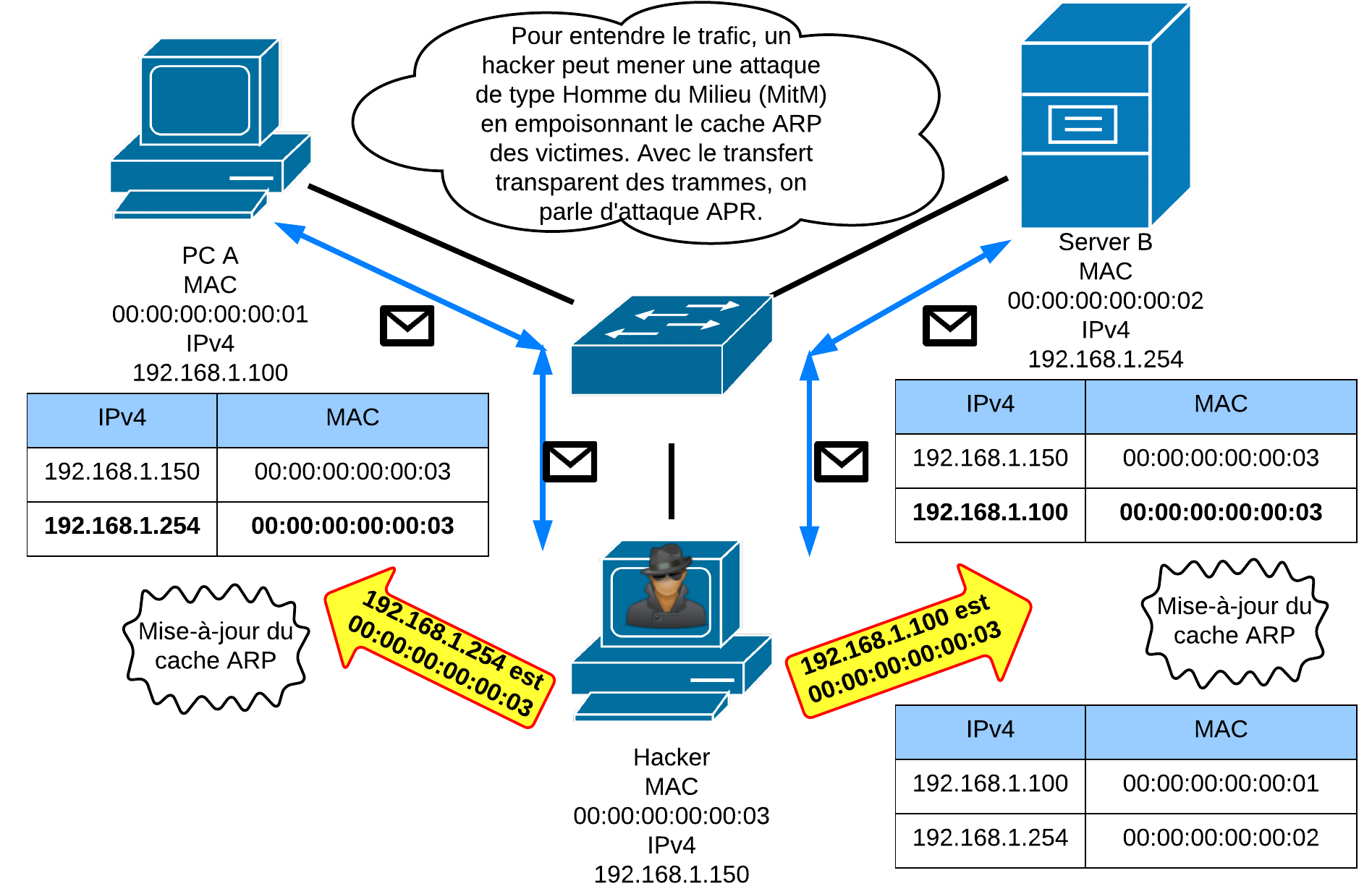

#ARP POSION 4SHADOW MAC#
Some networks might require you to supply you MAC which is configured for the port, and this way it can also prevent from sending malicious ARP requests / responses.So this works by monitoring the switches and blocking attackers. allow only specific MAC on single port), this is quite rare but existent. Some networks have MAC learning and do not allow spoofing (e.g.This is very often preventing ARP spoofing but not always, depends on how it is used, sometimes it's easy to defeat. Some networks require IEEE 802.1X authentication to connect to the port, usually corporate equipment must be used and not private one.Some new campus like switches (as of 2016) have LAN Isolation built-in as well, however it's not enabled by default, which helps with ARP spoofing.For more information, seeConfiguring Shadow. The one I mean here is the one implemented at the Layer 3 gateway. feature enables you to recover information lost due to a ransomware attack or files encrypted by attackers. Layer 2/3 campus class switches usually have ARP filtering, but if it's not enabled than you can spoof MAC or IP address from different VLAN (you can use same MAC or different one for any IP address).Wifi routers and home routers have LAN Isolation, however this one is usually disabled by default.Why is our router sending so many ARPs? Is a computer on a different subnet attacking the router? If the source is a computer from 10.162.0.It depends on the class of the switch, for example: It seems to randomly choose addresses to ARP. When the next attack starts, the ARP requests are already other. The attack stopped when I rebooted my switch (10.162.0.250) or disconnected some its ports (in the most cases disconnecting 10 and 11 ports helped, so maybe something happened there). Sometimes my main switch (10.162.0.250) doesn't answer pings or delays about 3 sec.


So it is impossible to even ping 10.162.0.1 from any computer of my subnet. The router sent about 10,000 - 25,000 ARPs per second. But the router didn't care and continued sending ARPs. My machine answered to ARPs and sent my mac. I assigned one of the addresses, which was ARPed, to my computer. I can see our gateway router (10.162.0.1) incessantly ARP requesting one or couple addresses from my subnet such as:ġ0.162.0.1 Broadcast ARP 60 Who has 10.162.8.75? Tell 10.162.0.1 Network works well for a short period of time ( 5 - 20 minutes) and then starts " attack" and the problem repeats again. shadow default state during SSO : 0 Client entries in poison list during SSO : 0 Invalid bssid during. Line from router comes to my main layer-2 switch D-Link DES-3550 (10.162.0.250) and other part of subnet are connected to this switch. Chapter wrapper for the map in vEWLC config guide. ARP Poisoning Rushad Shaikh CSCI 5931 Web Security Spring 2004 ARP Poisoning Attacks Topics Logical Address Physical Address Mapping ARP ARP Cache Table ARP. The router is in another building and I haven't got direct access to it. Compliance Risk Unknown applications and devices arent on asset inventories and arent being audited for compliance purposes Inefficiencies Could just be. Perhaps for this reason, manipulation of ARP packets is a potent and frequent attack mechanism on VoIP networks. Our gateway address for this subnet is 10.162.0.1. We have a router with a couple of interfaces.


 0 kommentar(er)
0 kommentar(er)
